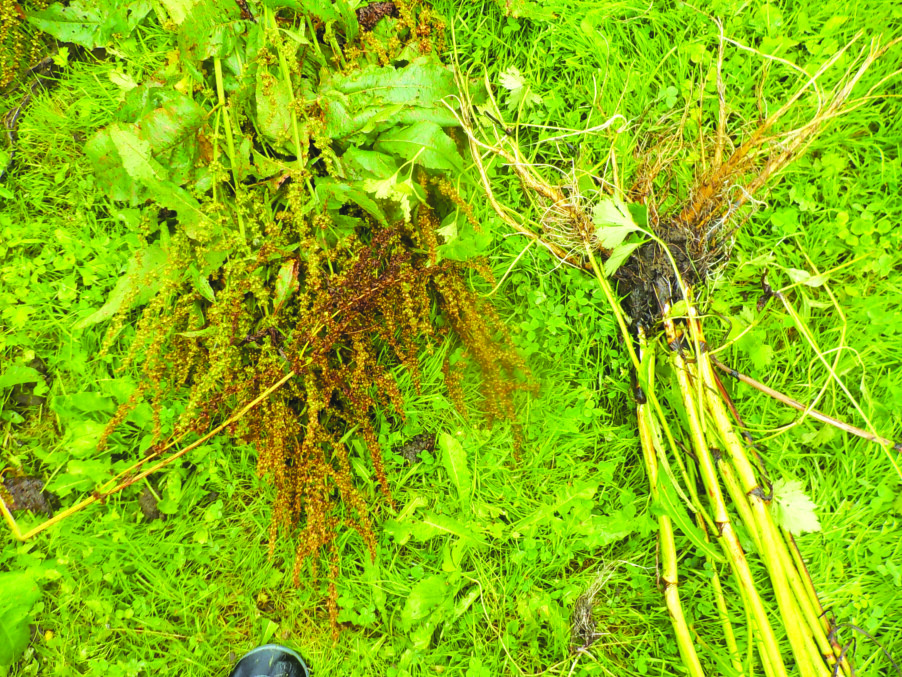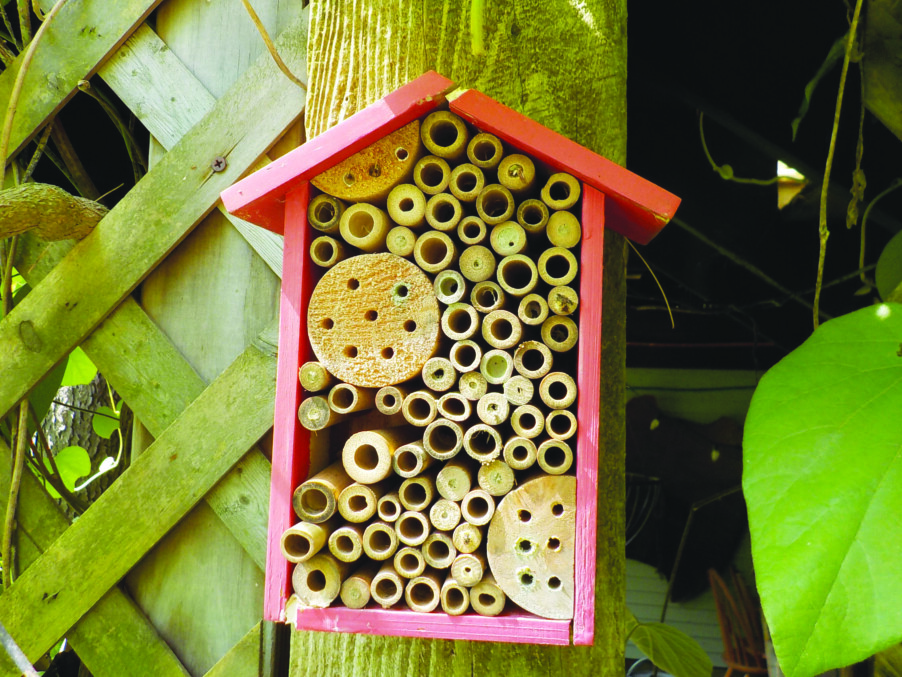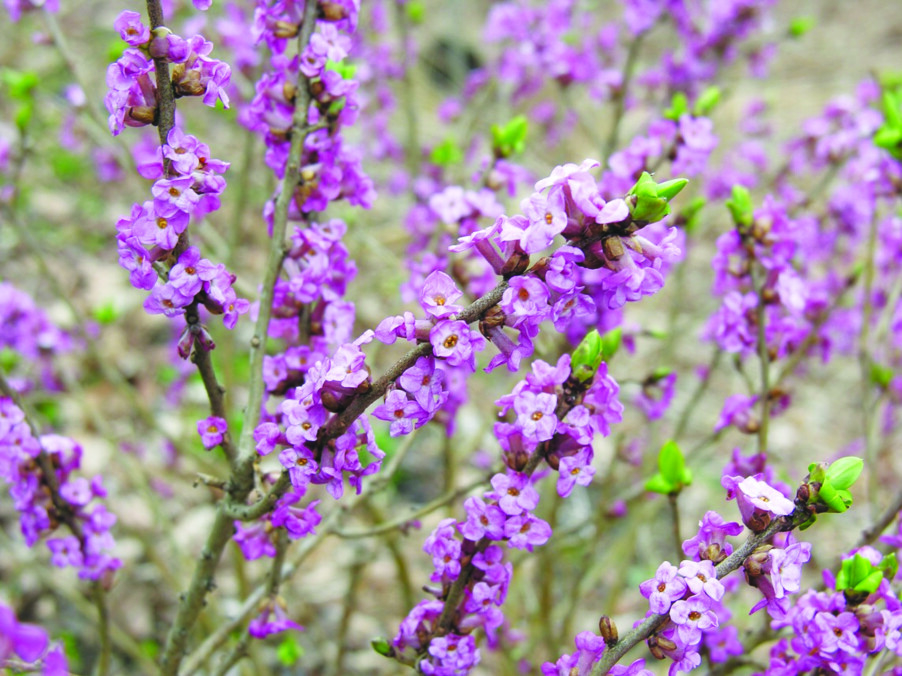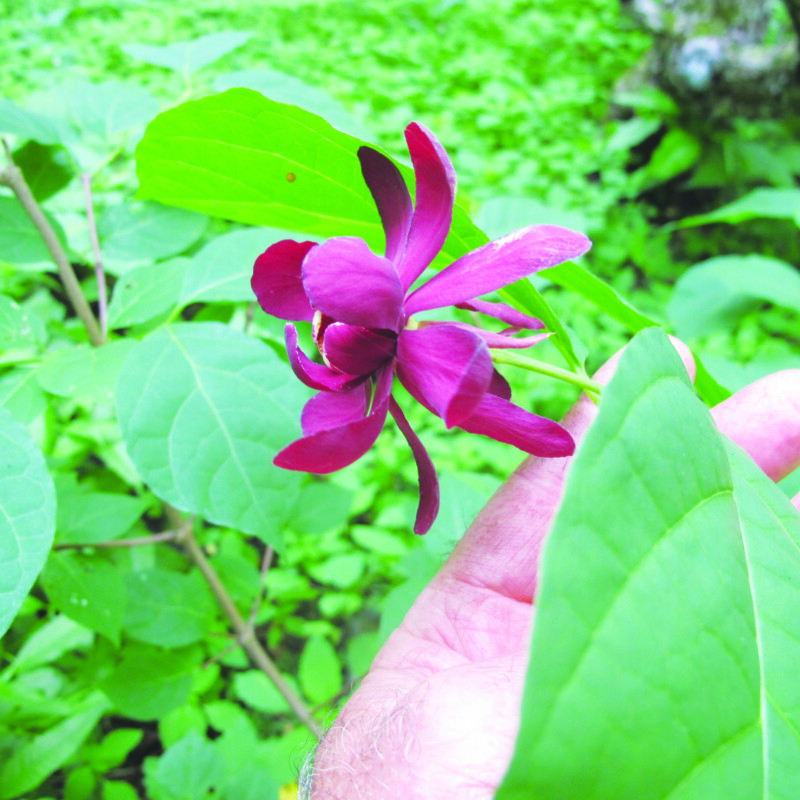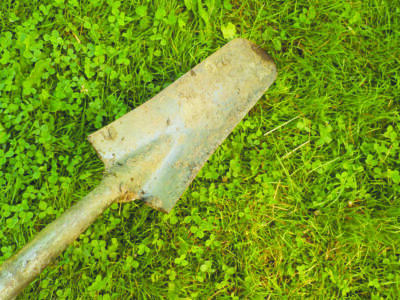Your plants can be your partners
The recent rains have kept many gardeners from getting outdoors to weed, and weeds have loved the rain and are growing like Boy Scouts on “Free Ice Cream Day” at the Ben & Jerry’s factory. But don’t give up. Weeds also pull well now, with the soft, moist or soggy soil, so get to work!
Recently I spent an hour or so pulling dock (Rumex spp.), a coarse, tall weed that can get to be 5 feet tall or more. There are several species of dock, but all are about the same. And all have deep, fleshy roots that often fork and divide deep in the ground.
I took a garden fork and plunged it into the soil a few inches from each clump of weeds and tipped back the handle to loosen the soil. For the biggest clumps I used the fork in up to four places, once on each side. Then I grasped the clump of strong stems down low and leaned back, allowing all my weight to slowly pull out the weed. And out they came, roots and all. Very satisfying. If I had tried that when the soil was dry, it would have been much more difficult and resulted in broken roots, which would re-sprout the pesky weeds.
I worked on those dock plants now as they had already flowered and had formed seeds, which I don’t want in the soil. If pressed for time, I could have just cut the plants at ground level so the seeds would not be dispersed, but I favored pulling the weeds and getting rid of them once and for all.
Herbalists use dock for various concoctions, not the least of which, I have read, is to prevent “elf sickness.” Not much of that around here, but if you have a problem with it, consult Just Weeds: History, Myths and Uses by Pamela Jones (Chapters Publishing, 1994). It’s an interesting and amusing read.
I’ve been working on most of my flower gardens for at least 40 years and have lots of mature plants. This allows me to brag that in some beds I need not weed at all, or only very occasionally. How is that? The plants are growing so close together that most weeds cannot compete. The weeds are shaded out, or starved for nutrients and moisture by plants with deep roots and thick leaves.
One of those plants good for outcompeting weeds is the ever-present shade-lover, hosta. Although I sometimes plant daffodils between hostas, the daffies bloom and the foliage dies back by the time hostas are fully leafed out. Most common weeds will not compete well with hostas.

Bigroot geranium (Geranium macrorrhizum) is another plant that outcompetes weeds. I use it as a groundcover — the leaves stand 12 inches tall or more, and it blooms with pink, magenta or white flowers in early summer. It works well in dry shade, but will grow in sun or shade. It spreads by root, so plant three plants a foot apart in a triangle and let them fill in the space. Once well-established, it outcompetes most anything.
What else? Sweet woodruff (Galium odoratum) is good for sun or shade and, once established, spreads well. It stands about 8 inches tall and has fragrant white flowers in the spring. It may be a bit too aggressive, though. It can run roughshod over more delicate plants, growing right up to them and stealing moisture and nutrients. This year I plan to weed some out of a dry shade bed where it is diminishing the effectiveness of some primroses.
Dead nettles (Lamium spp.) is another shade to part-shade ground cover and, like the plants above, is non-native here in the United States. It is low-growing with green and silver or white leaves and attractive small flowers that can be pink, white or even yellow, depending on the species. Rarely do I see grasses or weeds coming through plantings of it.
As to full-sun plants there are many that, once established, outcompete weeds. Among those are amsonia, astilbe, black-eyed susans, daylilies, daisies, European wild ginger, Siberian iris, Helenium, phlox, iris and goldenrod. But even these take time to establish themselves. Not only that; you need three or more of each in a planting, and patience.
A perennial plant that will form a clump 2 or 3 feet wide when mature will come in an 8-inch pot. For most plants, it will take three years or more to get to full size. If you plant them 18 inches apart, they will fill in and their leaves touch sooner than if you plant them farther apart. Think of dice with three or five dots. Those are good patterns for planting if you want overlap, much better than planting them in a row.
Weeds will grow almost anywhere, even in your gravel driveway. Cultivated plants need some help to get established. So when you plant, dig a wide hole, say 2 feet wide for an 8-inch potted plant. Put in two or more shovels of compost and stir it up, mixing the native soil with the compost. I always add some organic slow-release fertilizers to the hole, too. That first year water when dry.
Mulch helps young plantings to get established. It helps keep weed seeds from germinating and holds in moisture. You will still have to weed for a few years while getting your flower bed to maturity.
There is no such thing as a weed-free garden. But with time and effort, you can reduce the work considerably once established.
Henry is a lifetime organic gardener living in Cornish, New Hampshire. Reach him at henry.homeyer@comcast.net. His website is www.Gardening-Guy.com.
Featured photo: Seeds and roots of dock, a big weed. Photo by Henry Homeyer.

